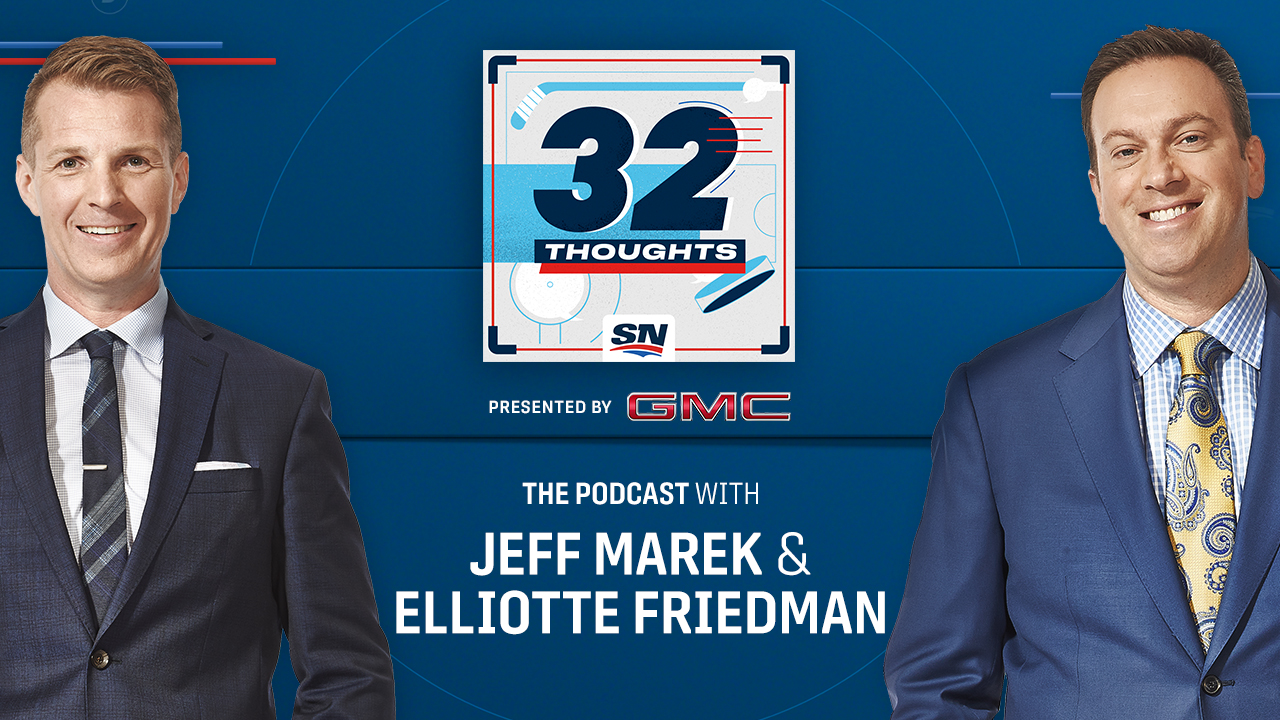
In recent weeks, the hockey world has been abuzz with discussions surrounding the actions and behavior of former NHL coach Mike Babcock. However, it is essential to examine the reasons behind expanding scrutiny beyond Babcock and delve into the broader issues within the sport.
The initial spark that ignited this scrutiny was the revelation by former NHL player Akim Aliu, who accused Babcock of using racial slurs towards him during their time together in the minor leagues. This accusation shed light on a deeply ingrained problem of racism within the hockey community, prompting a much-needed conversation about inclusivity and equality.
While Babcock’s actions rightfully received significant attention, it is crucial to recognize that he is not the sole perpetrator of such behavior. The hockey world must confront the reality that racism, sexism, and other forms of discrimination exist beyond one individual. Expanding scrutiny beyond Babcock allows us to address systemic issues that have long plagued the sport.
One reason for expanding scrutiny is to hold organizations accountable for their role in perpetuating toxic cultures. Babcock’s coaching tenure with the Toronto Maple Leafs came under intense scrutiny following his dismissal, as reports emerged of his questionable treatment of players. This raised questions about the team’s management and their knowledge or tolerance of such behavior. By examining these broader organizational dynamics, we can work towards creating safer and more inclusive environments for players at all levels.
Expanding scrutiny also allows us to explore the power dynamics within the sport. Coaches hold significant influence over their players’ careers and well-being, making it crucial to ensure they wield this power responsibly. By examining the reasons behind expanding scrutiny, we can encourage a shift towards a more respectful and supportive coaching culture.
Furthermore, expanding scrutiny beyond Babcock sheds light on the need for improved player support systems. The mental health and well-being of athletes have gained increased attention in recent years, with several high-profile cases highlighting the challenges they face. By examining the broader context, we can identify areas where players may require additional support and resources to navigate the pressures of professional hockey.
Lastly, expanding scrutiny beyond one individual allows us to acknowledge the progress that has been made while recognizing the work that still needs to be done. The hockey community has made strides in promoting diversity and inclusion, but incidents like the one involving Babcock highlight the need for continued efforts. By examining the reasons behind expanding scrutiny, we can foster a collective commitment to creating a more inclusive and respectful sport.
In conclusion, while the recent scrutiny surrounding Mike Babcock has brought important issues to the forefront, it is essential to expand our examination beyond one individual. By doing so, we can address systemic problems within the hockey community, hold organizations accountable, and work towards creating a safer and more inclusive environment for all players. This broader scrutiny allows us to confront power dynamics, improve player support systems, and continue the progress towards a more respectful and inclusive sport.